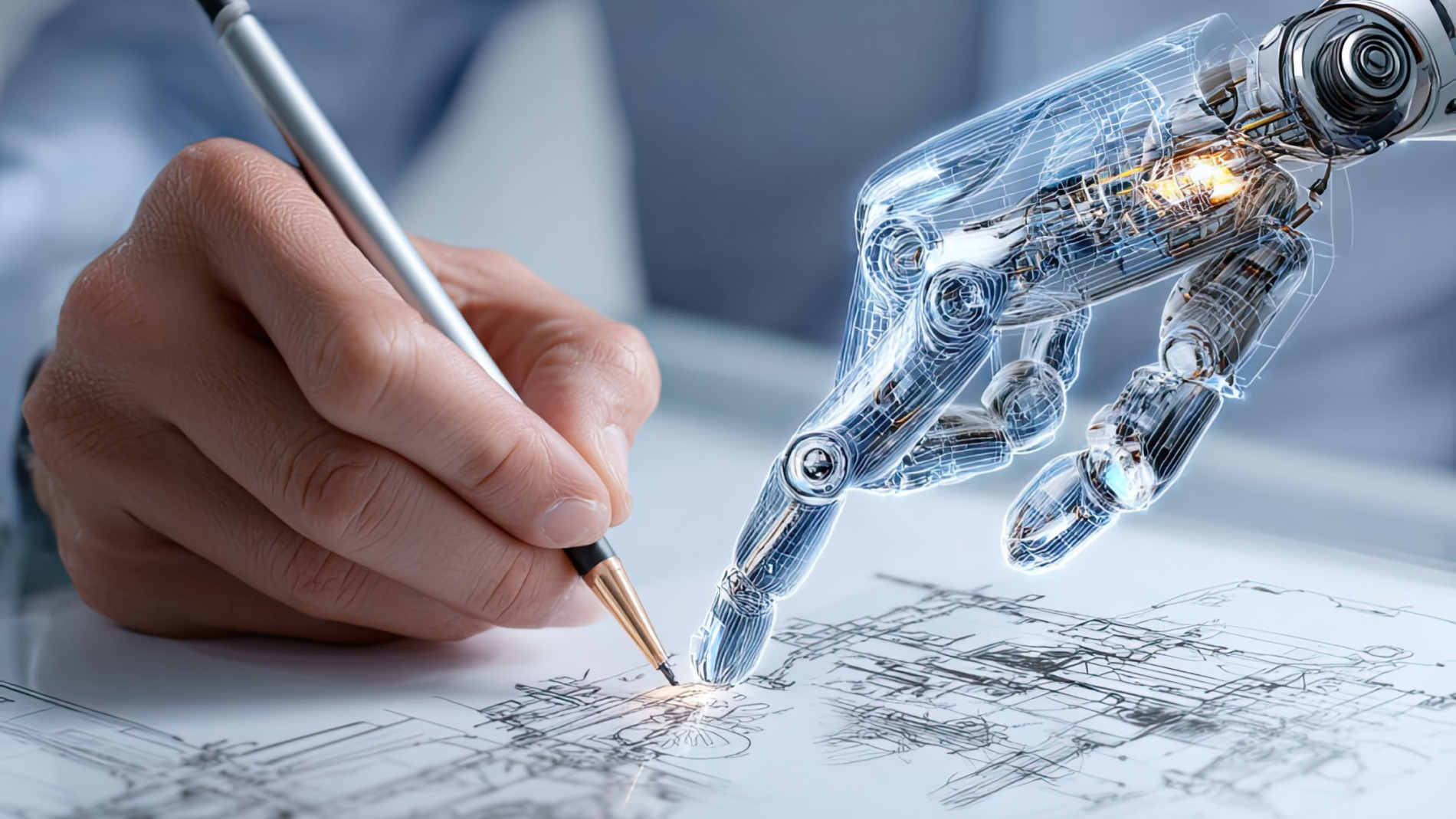Insights
The Impact of Artificial Intelligence (AI) on Architecture: What Candidates & Clients Need to Know
Artificial Intelligence (AI) is no longer confined to tech labs and Silicon Valley startups. It’s reshaping industries across the globe and architecture is no exception. From how projects are designed, to how talent is sourced, to how practices operate day-to-day, AI is quickly becoming a critical part of the profession. But what does this really…

Artificial Intelligence (AI) is no longer confined to tech labs and Silicon Valley startups. It’s reshaping industries across the globe and architecture is no exception. From how projects are designed, to how talent is sourced, to how practices operate day-to-day, AI is quickly becoming a critical part of the profession.
But what does this really mean for architects, firms, and the wider built environment?
Let’s break it down.
1. AI in Design & Conceptualisation
One of the most visible impacts of AI in architecture is in the design phase. Tools powered by machine learning can:
-
Generate multiple design options instantly, based on project parameters like site conditions, budget, and sustainability targets.
-
Optimise layouts for light, airflow, or energy efficiency with data-driven precision.
-
Support visualisation through AI-driven rendering tools that create realistic images in a fraction of the time.
For candidates, this means designers with AI proficiency will be in demand, as firms look for professionals who can combine creative thinking with the ability to leverage advanced tools. For clients, it means faster turnaround times and more innovative solutions.
2. Smarter Project Delivery
Beyond the concept stage, AI is transforming project delivery:
-
Automation in documentation is reducing time spent on repetitive tasks like drafting and detailing.
-
Predictive analytics help forecast risks and delays, improving project management.
-
AI-integrated BIM (Building Information Modelling) ensures greater accuracy in coordinating complex projects.
The outcome? Greater efficiency and reduced costs for firms and clients, but also an evolving role for architects who now spend less time on routine tasks and more time on high-value problem-solving.
3. Talent & Skills Shift
As with any disruptive technology, AI is reshaping the skills landscape. Candidates who embrace AI as part of their toolkit will stand out. This includes:
-
Proficiency with AI-powered design and rendering platforms.
-
Comfort with data-driven decision-making.
-
The ability to balance human creativity with machine efficiency.
For clients, this shift underlines the importance of hiring adaptable, future-focused architects who can grow alongside the technology. Firms that invest in upskilling their teams will remain competitive in the talent market.
4. The Human Element Remains Essential
While AI is powerful, it doesn’t replace the architect. It augments their capabilities. Human creativity, cultural understanding, and empathy are still at the heart of design. AI can suggest efficient solutions — but only people can create spaces that connect communities, reflect culture, and inspire emotion.
Candidates: don’t fear AI, learn how to partner with it. Clients: don’t see AI as a replacement for your teams, but as a tool that empowers them to deliver better outcomes.
5. What This Means for the Future of Architecture Recruitment
At UKnighted Recruitment, we’re already seeing AI influence the way architecture practices hire. Firms want:
-
Architects who are technologically curious.
-
Leaders who can integrate AI without losing design identity.
-
Teams that combine digital fluency with human creativity.
The demand for professionals who can navigate this balance will only grow. Likewise, firms that communicate their adoption of innovative tools will attract forward-thinking candidates.
Final Thought
The impact of AI on architecture is undeniable, but it’s not about replacing people. It’s about empowering architects to design smarter, faster, and more sustainably.
For candidates, this is the time to future-proof your career by embracing new tools and learning continuously. For clients, this is the time to rethink recruitment and workforce planning, ensuring you bring in talent that can thrive in an AI-driven future.
At UKnighted Recruitment, we connect the dots between practices and professionals ready to shape this new era of architecture.
The question isn’t whether AI will change architecture, it already is. The real question is: how will you adapt, embrace, and lead?
Artificial Intelligence (AI) is no longer confined to tech labs and Silicon Valley startups. It’s reshaping industries across the globe and architecture is no exception. From how projects are designed, to how talent is sourced, to how practices operate day-to-day, AI is quickly becoming a critical part of the profession.
But what does this really mean for architects, firms, and the wider built environment?

Collaborate with Us, Build Your Future
Quis autem vel eum iure reprehenderit qui in ea voluptate velit esse quam nihil molestiae consequatur, vel illum qui dolorem eum fugiat quo voluptas nulla pariatur?









